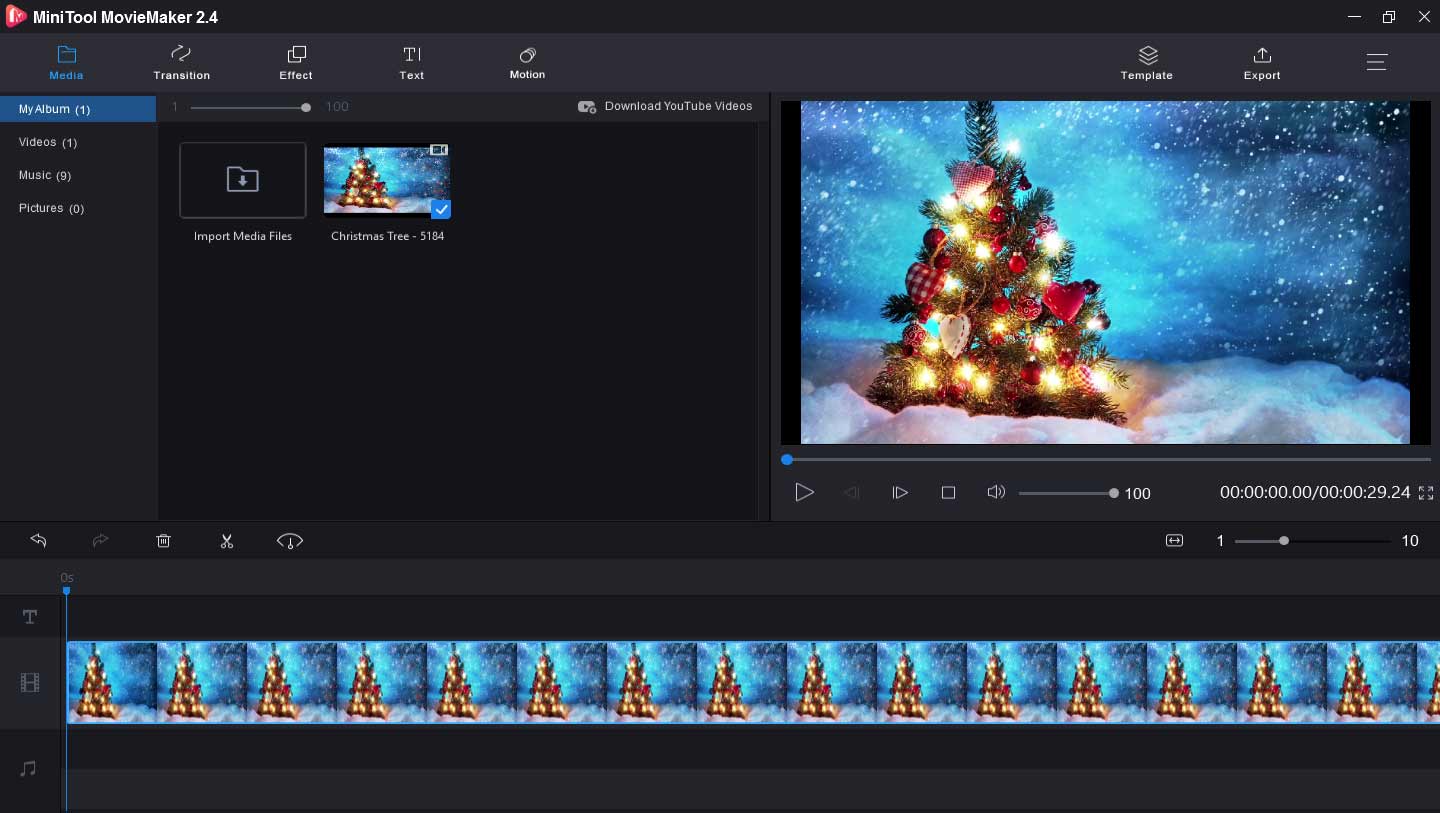

On the left side of the screen is where you’ll find all of your media and text (by default it’s set to the Libraries Sidebar). In practice though, the magnetic timeline can actually save quite a bit of time once it’s mastered. This was a feature introduced in Final Cut Pro X (back in 2011) and an incredibly divisive one at that.Ī lot of professional video editors couldn’t stand the magnetic timeline when it was first introduced, claiming that FCPX looked and felt too much like iMovie. There’s one thing, in particular, that may seem off-putting to some people.įinal Cut Pro uses a magnetic timeline, meaning that the timeline “magnetically” adjusts depending on where you move your clips. Final Cut Pro has a “user experience first” sort of design philosophy, offering an incredibly intuitive and clean-looking workspace. The interface of Final Cut is much different than what you’ll find on similar NLEs.

Understanding the Final Cut Pro Interface Plus, we’ll show you how to make the platform even better using Simon Says’ AI-powered transcription and captioning extension.

We’ll go over a slew of different editing techniques and workflows for Mac devices. This step-by-step beginner’s guide to Final Cut Pro will go over everything you need to know about how to edit a video with plenty of pro tips and tricks. With a clean interface and snappy design, Final Cut is a video editor’s dream. While Final Cut Pro X’s intro (now simply called Final Cut Pro) had a rocky startup that left many old software users disgruntled, it still continues to be a pillar of the editing industry besides programs such as DaVinci Resolve and Adobe Premiere Pro. Since its conception, it has been the quintessential editing software for both post-production professionals and amateurs alike. Apple’s Final Cut Pro has had a long history in film history and video production.


 0 kommentar(er)
0 kommentar(er)
